Affiliate links on Android Authority may earn us a commission. Learn more.
What exactly is ridesharing and how do you get started as a driver?
Businesses like Uber and Lyft have revolutionized urban mobility and are valued in the billions. But is becoming a ridesharing driver worth it? It can certainly help you increase your earnings and it can be a great summer side job. In this article we will discuss what the requirements for the major services are, how to get started and how to make the miles count. Let’s get into it!
What is ridesharing and how does it work?
Ridesharing services, sometimes referred to as ride-hailing services, by definition arrange shared rides on short notice. The main difference between, say Uber and a taxi, however, is that with the former the passenger needs to specify their pickup location and their destination before hailing a ride. They are then given a price estimate for their journey. Payments are usually made directly through the app and riders can give anonymous feedback on drivers. All of these factors combined with affordability make ridesharing immensely convenient. Nevertheless, most services like Uber and Lyft are metropolitan-focused. You will find them in large cities and mid-sized towns, but very rarely in rural areas or small towns.

On the driver’s side things are not as simple. In the wake of Uber, many lawmakers were slow in regulating the new ridesharing industry despite its explosive growth. This in turn caused controversies and an uproar from taxi drivers around the globe who felt their business was threatened. Due to the backlash, many countries, cities, and states now have strict ridesharing regulations or have banned services like Uber completely. So, before you jump headfirst into becoming a driver, you need to be up to speed with your local laws and driver requirements. Owning a car, a driver’s license and a cell phone is the beginning, but it’s far from all you will need in many places.
Ridesharing bans and restrictions
Although ridesharing is a global industry, Uber hasn’t managed to conquer the whole world just yet despite being the pioneer that started it all. There are some markets which it hasn’t tried to enter yet and others from which it has pulled out. Uber has also been partially or fully banned in some locations. It has had quite a lot of trouble in Europe, for example. Although it overcame one of its biggest hurdles and is currently available in London once again, it is still struggling in Germany and areas of Central and Eastern Europe. Amid legal changes and criticism, Uber has pulled out or been fully or partially banned from these territories (as of 18.06.2019):
- Bulgaria – pulled out amid criticism
- Hungary – suspended operation after legislation blocking the ridesharing app was passed
- Denmark – pulled out after requirements for mandatory fare meters and seat occupancy sensors were introduced
- Germany – only select services operate in Berlin, München, Dusseldorf and Frankfurt with restrictions
- Vancouver, Canada – banned all ridesharing
- Oregon, USA – partially banned with the exception of Portland and central Oregon
- Northern Territory, Australia – pulled out after license fees were imposed
You will not find Uber in China, Southeast Asia or Russia either, but for different reasons. There Uber decided to exit the market in favor of purchasing stakes in rival businesses such as DiDi in China, Grab in Southeast Asia and so on. Nevertheless, the company still has a very strong presence in North and South America and other regions. You can find the full list of cities where Uber operates here.
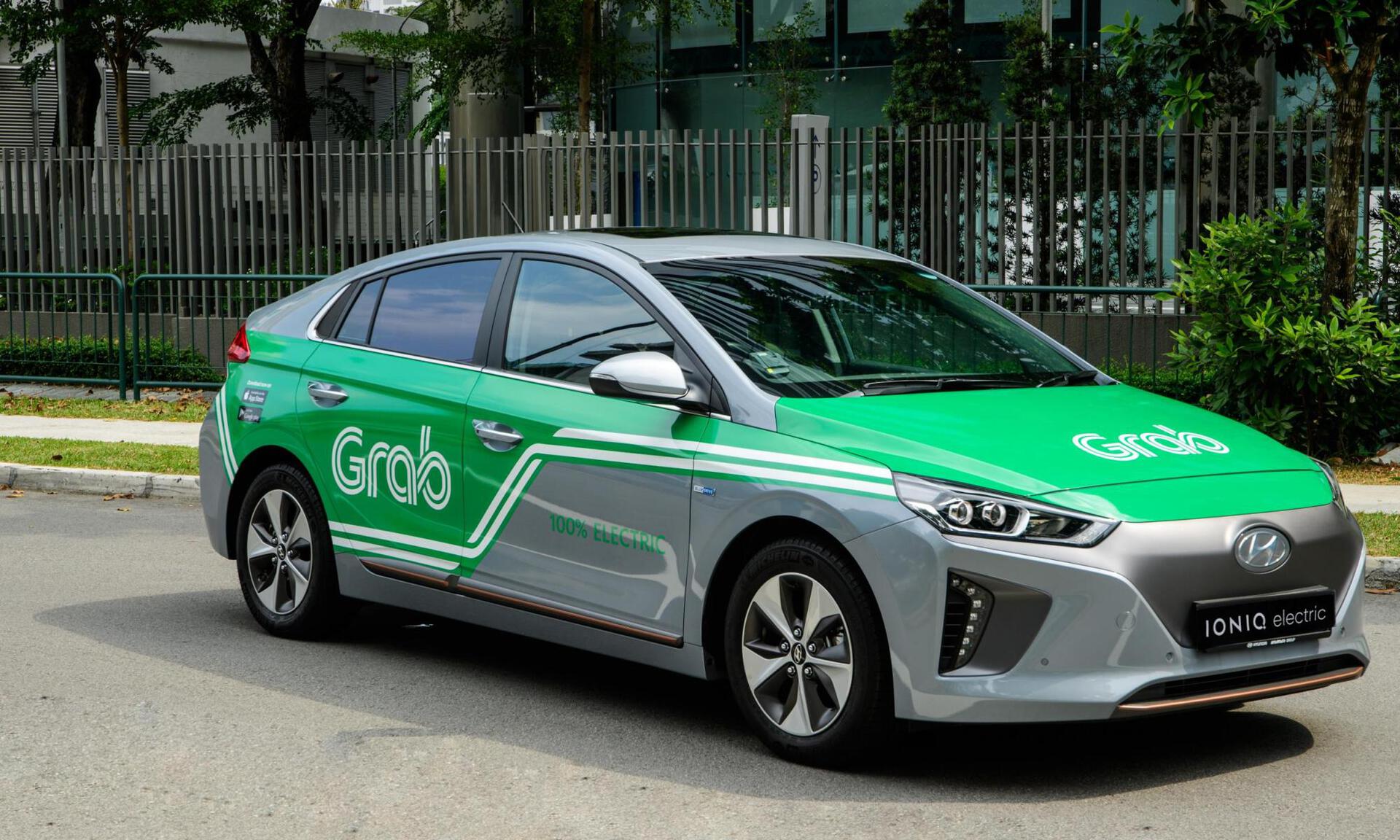
Lyft, on the other hand, has been slower in its expansion and currently only operates in the U.S. and Canada. It has also managed to avoid any major controversies, unlike its chief rival. It does not operate in Vancouver thanks to the ban on all ridesharing apps, but it’s available almost everywhere else in the U.S. and Canada. You can check out the full list of locations here.
Driver requirements and getting started
So, if you live in an area which allows ridesharing, what do you need to get started as a driver? Turns out, you don’t even need a car in some areas! Uber offers vehicle solutions in many countries, including the U.S.. No matter which ridesharing service you choose, however, you will need a valid driver’s license and a clean driving record (no major accidents or DUIs). You must also be over the age of 21 in most cities. In the section below we will have a look at the general requirements for the two biggest ridesharing apps – Uber and Lyft in the U.S.. We will also mention some notable differences that you may encounter in other regions.
Uber
If you want to be a Uber driver in the U.S., you will need to meet these minimum requirements:
- Have a valid U.S. driver’s license
- Meet the minimum driver’s age requirements in your city of choice
- Have at least a year of driving experience in the U.S. or at least 3 years if you are under the age of 23
- Have no criminal history
Your car also needs to meet certain standards to be considered eligible:
- Needs to have 4 doors
- Should not be older than 10 or 15 years in most cities
- Needs to be insured and registered
- Needs to have a clean title (not salvaged or reconstructed)
- Should not be damaged – no cracked windshields, dents, etc.
- Cannot be a rental vehicle unless it’s from an approved Uber partner
- Cannot have taxi signage or commercial branding
If you meet these requirements and are set on becoming an Uber driver, you will also need to upload the following documents when registering: your driver’s license, proof of residency in your city or state, proof of vehicle insurance and a passport style photo, which can be used as your driver profile picture. You should also keep in mind that you will be subject to background checks. If approved your car will also need to pass a basic vehicle inspection, including brakes, tires, seat belts and so on. This is pretty much the standard procedure in every region.
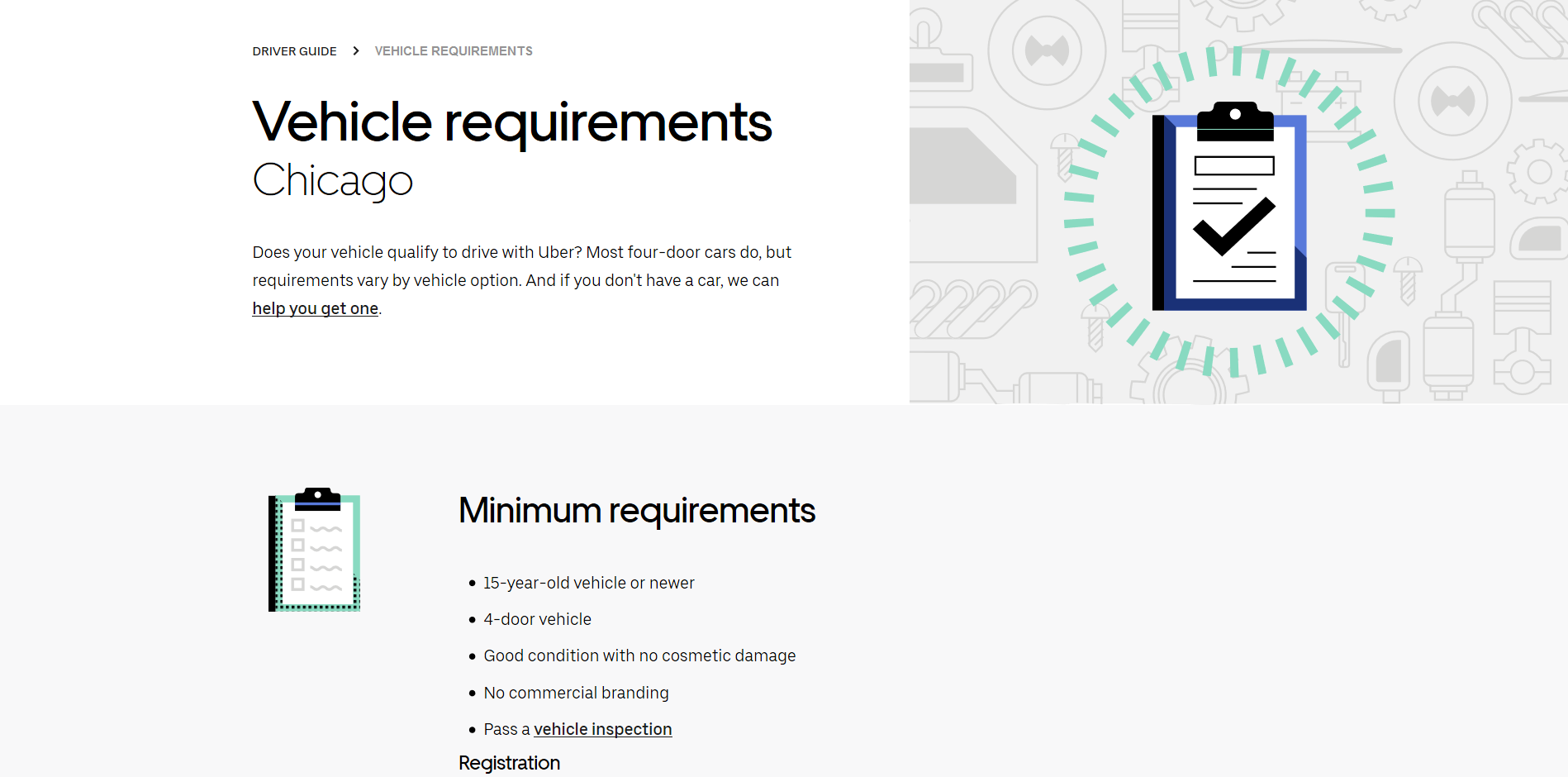
In many parts of Europe you will also need to apply for a Taxi license or a close equivalent. For example, in Prague, Czech Republic you are required to have a Taxi driver’s card – sometimes called a yellow card. To acquire it you will need to pass a topography exam as well as register your car in the Taxi Vehicle Register. In the United Kingdom, on the other hand, you will need to apply for a private hire (vehicle) license, which means you will be put through another set of background checks and likely a medical examination. New York City is similar: you need a commercial license from the NYC TLC (Taxi and Limousine Commission) and a commercially licensed vehicle to be an Uber driver. As of April 2019, there also is a wait list for driving in New York City.
Tip: Even if ridesharing is legal in your city, airports might require an additional permit for picking up and dropping off customers.
We therefore recommend you read the driver requirements for your city carefully. You can do so by visiting this page on Uber’s official website. Make sure it’s displaying the information for your location by scrolling down to the bottom where you will see the current language and city on the side of the Uber logo.
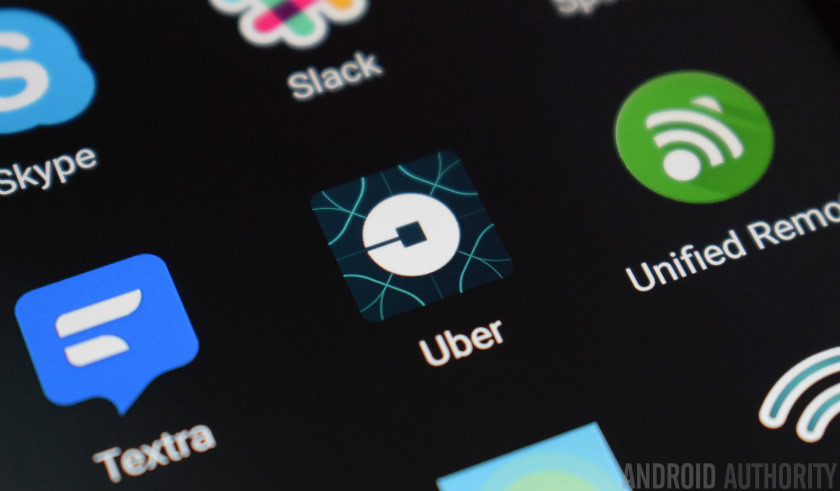
Finally, you should know that Uber classifies driver as independent contractors, not employees. That means you will need to register as such in your country of residence, which can be another long and drawn out process depending on where you live. If are not deterred by any of these facts and you have your documents ready, signing up is easy. We recommend doing so through your desktop browser here instead of through the Uber Driver app, since it can be more convenient when uploading documents. Just follow the on-screen instructions.
Once that’s done and you have been approved, this handy video explains everything you need to know when getting started as a driver:
Lyft
As previously mentioned, Lyft currently operates only in the U.S. and Canada, which makes the differences between driver requirements fewer but not non-existent. Here are the basiscs you need to cover in every American city:
- Be 21 years of age or older
- Have a valid U.S. license for at least a year
- Provide proof of insurance and a car inspection
- Pass an online DMV and background check
- Meet your city’s vehicle age requirement
- Have at least four doors and at least 5 seats including the driver’s in your vehicle
The documents you need to submit with your application are pretty much the same as Uber: license, driver photo, vehicle registration and insurance, and in most cities a vehicle inspection form. The New York City commercial license requirement applies to Lyft drivers too and once again, there is a waiting list. This is why we recommend checking out the specific requirements for your city and state, which you can do here. If you’ve got everything covered, you just need to submit your application through the Lyft website and wait for approval.
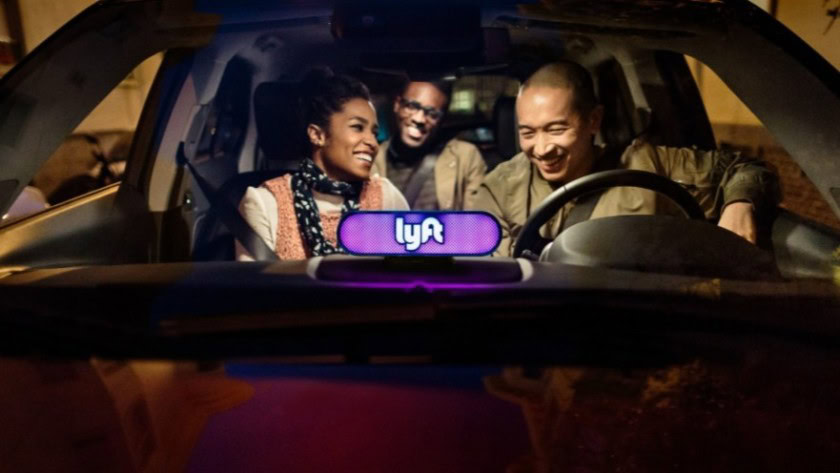
Lyft is no different to other major ridesharing services in one other respect – it classifies drivers as independent contractors. There are proposed laws in some states like California which would make drivers employees, but the ridesharing company seems to be opposing them at the moment. If that doesn’t bother you or if you’ve already received your approval, all you need to do is download the Lyft Driver app and start accepting rides. It works almost the same as the Uber app, allowing you to go online and accept rides when it’s convenient for you, look at your earnings, pick up scheduled rides and more.
Potential earnings as a ridesharing driver
Let’s be honest – becoming a ridesharing driver won’t make you a millionaire but you can still make a good profit. With Uber, you first have to be familiar with the plethora of services they offer and whether you qualify for them. The standard and the one most drivers opt for is UberX. It provides rides for one to four people and is designed to be quick and efficient. If you have a larger car that fits up to six people and/or their luggage, however, you can also be an UberXL driver. This service usually has higher fares but might involve frequent trips to airports, which means you might need an additional permit. You can even deliver food with Uber Eats.
There also are a variety of upscale and luxury options for passengers who want to pamper themselves available in select cities – Uber Lux, Uber Black and Black SUV. They all sound like attractive options if you want to be a ridesharing entrepreneur, since their base fares can be up to three or four times higher. However, the vehicle and driver requirements are also costly: for most luxury Uber services you will need a 2014 or newer car, commercial registration and insurance, and an airport permit.
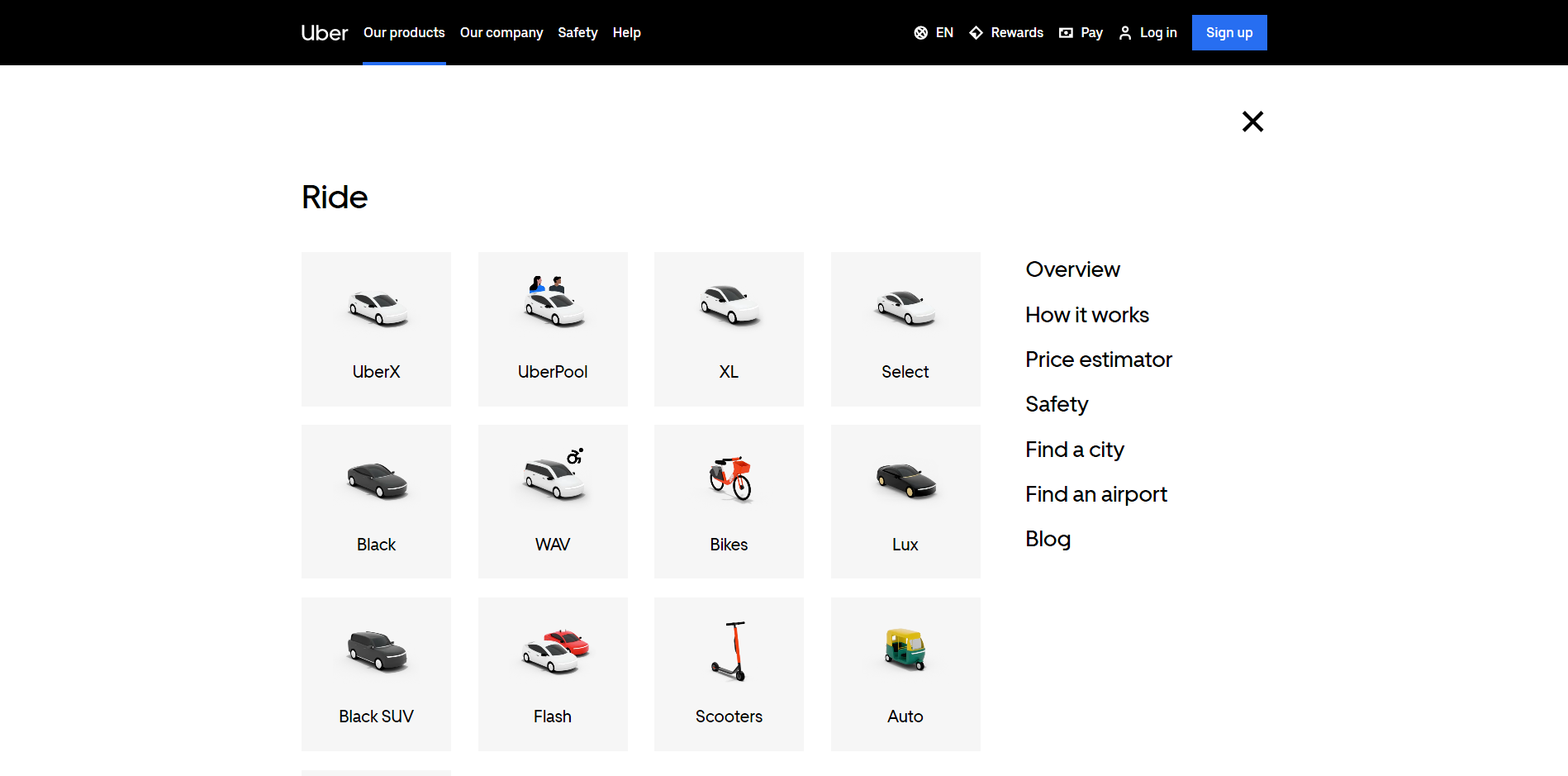
But let’s talk numbers – according to the ridesharing company itself, Uber drivers usually make around $25 an hour. However, these numbers are contradicted by self-reported data. One 2018 survey by Ridester found that the median net income of UberX drivers, tips included, is only $14.73 an hour. This, coupled with the fact that Uber takes 25% of each fare and with hidden costs such as maintenance, makes it hardly ideal as a full-time job. There are cities where you can earn significantly more, such as New York City and San Francisco (more than $20 per hour), but the cost of living there is also higher.

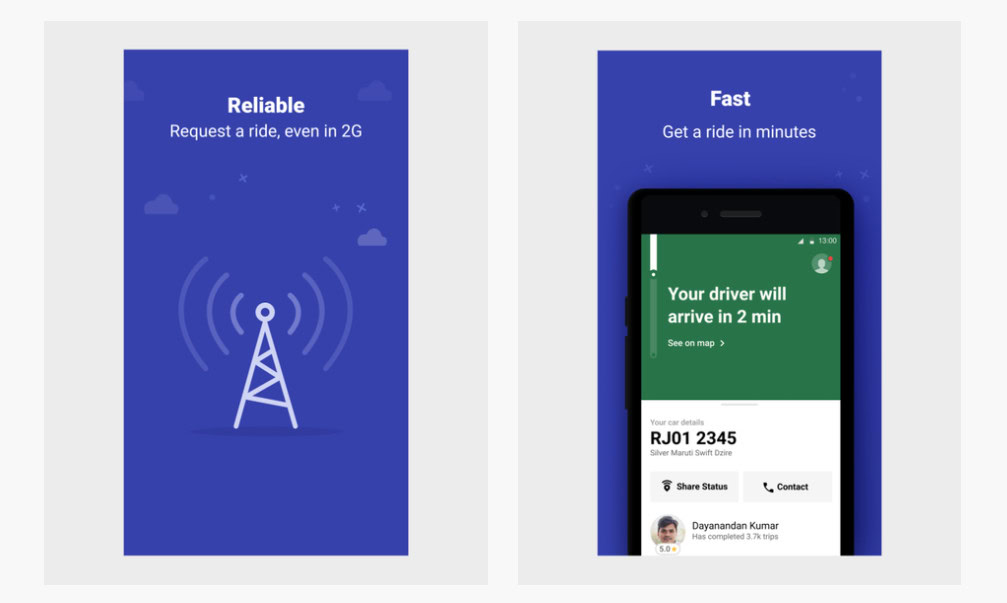
What about Lyft? There are no different tiers and services here. Lyft takes a 20% cut of each fare plus the entire booking fee, but surprisingly drivers report higher earnings. The previously mentioned Ridester survey found that the median income of Lyft drivers is $17.50 an hour. However, what remains true is that neither Uber nor Lyft have quotas – you can drive as much or as little as you want. This makes them ideal flexible side hustles – great when you’re in college or working on personal projects. The best part? You don’t have to choose. You can sign up to be a driver for both apps. This will double your chance to get ride requests quickly.
Make more with Uber and Lyft
So, is it possible to make more with Uber or Lyft or both without overworking yourself? There are some tips and tricks that can definitely help you. First things first – neither Uber nor Lyft take fees on tips. This can boost your income if you are able to get tips consistently, so the usual applies – be polite and be on time. Speaking the local language is also a must. If you are trying to supplement your income when studying abroad but aren’t fluent ridesharing might not be the best idea. Communication is an essential part of your job. So is using your phone, so always make sure you have a charger handy. If your phone dies while navigating and you get lost, you are most definitely not getting a tip.
Asides from this, these are our essential dos and don’ts for both Uber and Lyft drivers:
Dos
- Get to know the area you drive in – you will be able to find shortcuts, busy spots with potential passengers and so on.
- Drive during surge hours if you can – you can get double or triple the usual rate.
- Drive Friday and Saturday nights when many will be looking for a ride home from the club or pub.
- Read the mood – if your passenger is not very talkative, don’t try to engage them in conversation. This increases your chance to get a tip.
- Open the Uber rider app on your phone to see where other drivers currently are and position yourself optimally.
- Make use of Lyft’s destination mode when heading home for the day – it allows you to only pick up passengers that are on your route.
- Check for scheduled Lyft pickups at the start of the day.
- Try asking for honest Uber ratings. After a passenger has rated you, the app will prompt them to tip you. If they had an enjoyable ride, it’s very likely they will.
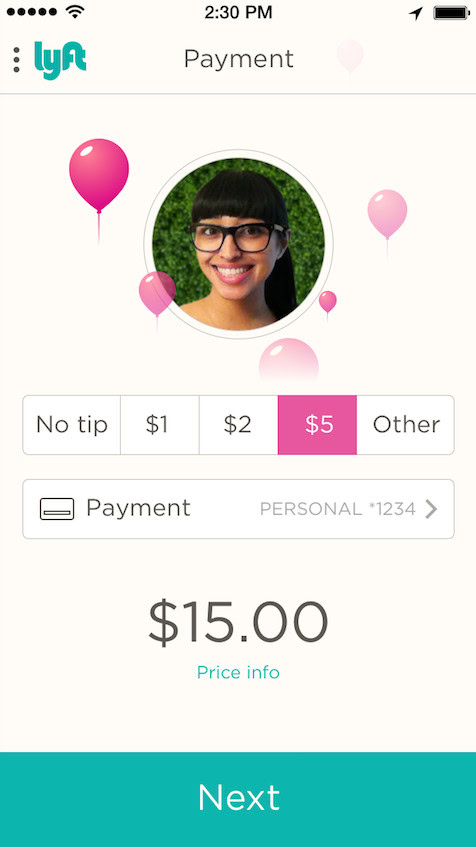
Don’ts
- Don’t drive around aimlessly looking for a ride at the beginning of the day. Wait at least 10-15 min for a request in your driveway or go to an area you know is busy at this time.
- Do not invest in a new car just to boost potential business – its value will depreciate quickly with the number of miles you will drive every day.
- Do not accept cash payments from passengers (unless it’s a tip). It is illegal and there are known scams of people paying with fake bills.
- Although it’s obvious – don’t be rude. If you are in a terrible mood, staying at home for the day might be preferable to getting a bunch of bad ratings.
- Don’t buy a ton of extras such as candy, water, etc. and give it out for free. It can help you get some tips but it’s an extra expense that’s not guaranteed to increase your profit. Try a snack box service like Cargo instead.
Drawbacks of being a ridesharing driver
No job is without its drawbacks. As previously mentioned, one of the major problems with ridesharing is that drivers are usually classified as independent contractors. While that allows flexibility, it also adds a lot of responsibilities. You need to pay your own statutory deductions, including taxes. Health insurance is not covered by the ridesharing company either. You can deduct expenses such as gas, car maintenance and repair costs but the payment still has to come out of your pocket first.

Job security is also not guaranteed. With new regulations for ridesharing being introduced, you can quickly lose your gig as a ridesharing driver if you don’t fulfill the new requirements. Lyft and Uber are also not shy when it comes to withdrawing from markets they think are unfavorable. Job growth is also very limited – you can increase your earnings, but that’s pretty much as far as it goes. This is why you should be cautious if you are relying on Uber or Lyft as your only or primary sources of income. However, if you want to make some extra cash and have a flexible schedule for a while, ridesharing could be exactly what you need.
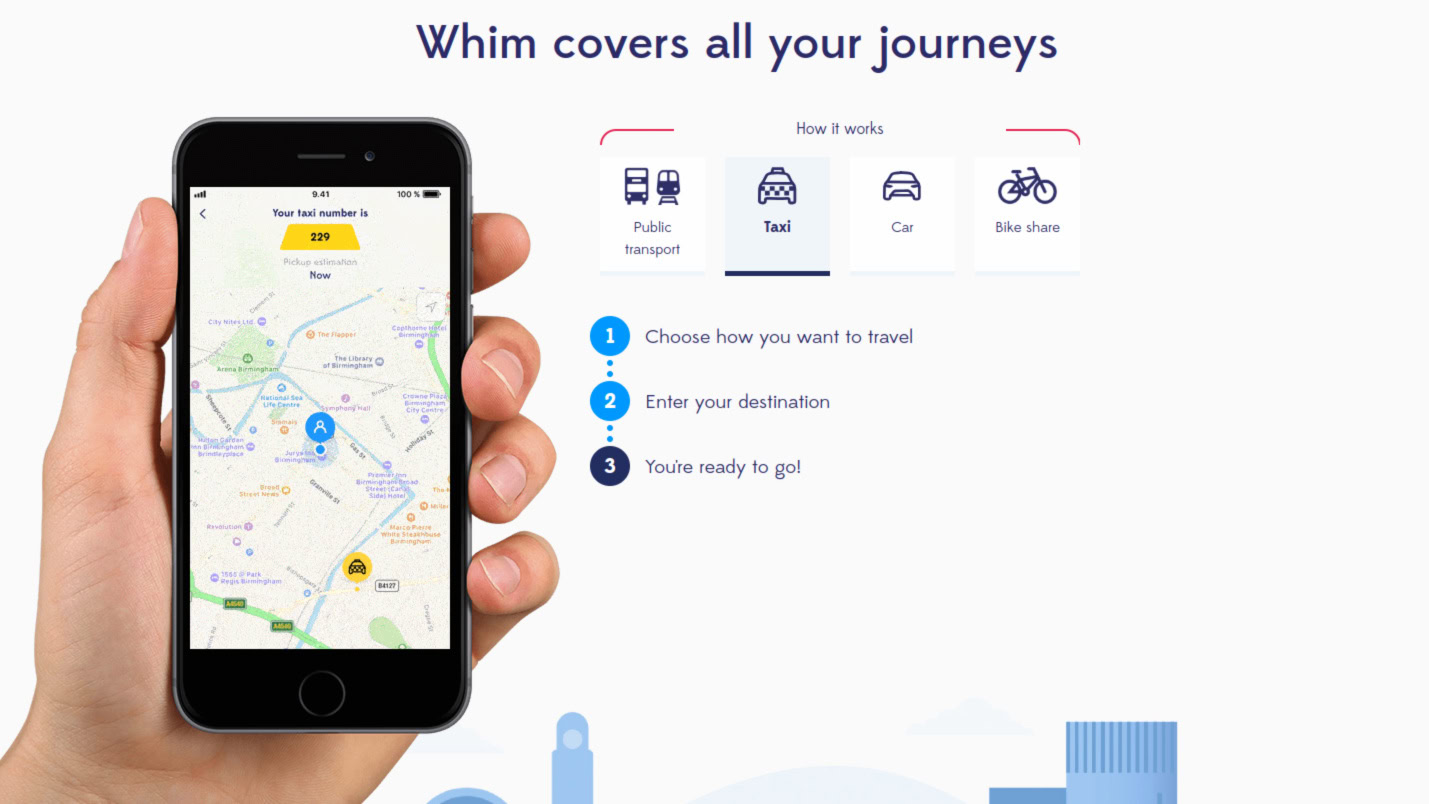
This is our guide on working as a ridesharing driver and making the most of it. Do you work as an Uber or Lyft driver? Did we miss some great tips and tricks? Share your experience with us in the comments.
Read next: What is the gig economy? Why the future of work is online (and how to prepare)